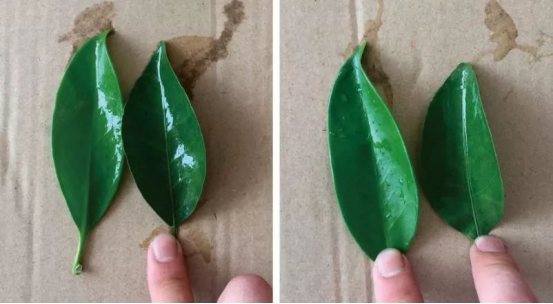Adjuvants That Enhance or Prolong Drug Efficacy
·Synergists
Compounds that are biologically inactive themselves but can inhibit detoxifying enzymes in organisms. When mixed with certain pesticides, they can significantly enhance the toxicity and efficacy of the pesticides. Examples include synergized phosphates and synergized ethers. They are of great significance in controlling resistant pests, delaying resistance, and improving control efficacy.
·Stabilizers
Agents that enhance the stability of pesticides. Based on their functions, they can be divided into two types: (1) Physical stabilizers, which improve the physical stability of formulations, such as anti-caking agents and anti-settling agents; (2) Chemical stabilizers, which inhibit or slow down the decomposition of active pesticide ingredients, such as antioxidants and anti-photolysis agents.
· Controlled-release agents
These agents primarily extend the residual effect of pesticides. Their mechanism is similar to that of slow-release fertilizers, where the active ingredients are slowly released over an appropriate period to maintain efficacy. There are two types: (1) those that work through physical means such as embedding, masking, or adsorption; (2) those that function through chemical reactions between the pesticide and the controlled-release agent.
Adjuvants That Boost Penetration and Spreading
·Wetting agents
Also known as spreader-wetters, these are a type of surfactant that significantly reduces the surface tension of solutions, increasing liquid contact with solid surfaces or enhancing wetting and spreading on them. They rapidly wet pesticide particles, improving the ability of the solution to spread and adhere to surfaces like plants or pests, increasing uniformity, enhancing efficacy, and reducing the risk of phytotoxicity. Examples include lignosulfonates, soapberry, sodium lauryl sulfate, alkylaryl polyoxyethylene ethers, and polyoxyethylene alkyl ethers. They are mainly used in the processing of wettable powders (WP), water-dispersible granules (WG), aqueous solutions (AS), and suspension concentrates (SC), as well as spray adjuvants.
·Penetrants
Surfactants that facilitate the penetration of active pesticide ingredients into plants or harmful organisms. They are commonly used in the formulation of high-penetration pesticide products. Examples include Penetrant T and fatty alcohol polyoxyethylene ethers.
·Stickers
Agents that enhance the adhesion of pesticides to solid surfaces. They improve resistance to rainwash and extend the residual effect of pesticides. Examples include adding high-viscosity mineral oils to powder formulations or starch pastes and gelatin to liquid pesticides.
Adjuvants That Improve Safety
·Drift retardants
Inert solid materials (mineral, plant-derived, or synthetic) added during the processing of solid pesticide formulations to adjust the content or improve physical properties. Fillers dilute the active ingredient and enhance its dispersion, while carriers also adsorb or carry the active components. Common examples include clay, diatomite, kaolin, and pottery clay.
·Defoamers (foam suppressants)
As the name suggests, these agents inhibit foam formation or eliminate existing foam in products. Examples include emulsified silicone oil, fatty alcohol-fatty acid ester complexes, polyoxyethylene-polyoxypropylene pentaerythritol ethers, polyoxyethylene-polyoxypropylamine ethers, polyoxypropylene glycerol ethers, and polydimethylsiloxane.

Post time: Oct-17-2025

